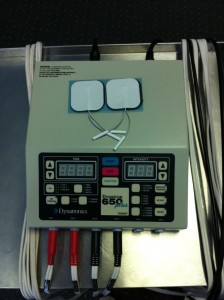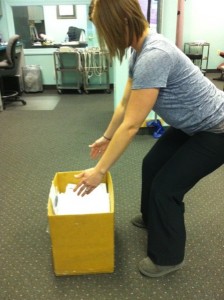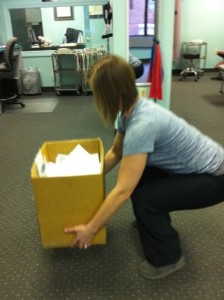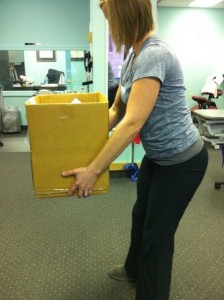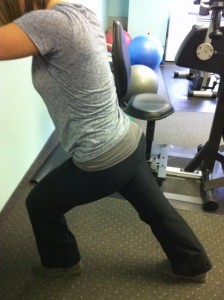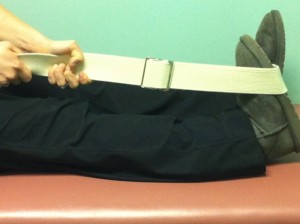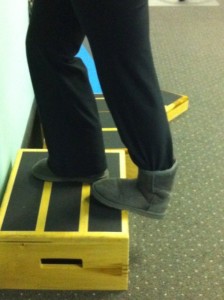According to the AAOS (The American Academy of Orthopedic Surgeons), hip bursitis is the inflammation of the bursa, a small jelly-like sac that contains a small amount of fluid. Bursas are found in several joints of the body, such as, the shoulder, elbow, hip, knee, and heel. The bursa provides a cushion within the joint. This helps to decrease the amount of friction between the muscles moving around the joint.
Symptoms of hip bursitis include pain at the outside of the hip joint and side of the leg. The pain can be sharp initially and become achy later. Pain increases at night when side-lying on the affected hip and transferring from a chair after sitting long-term. Pain can also be present with walking, stair climbing, and squatting.
Some causes for hip bursitis can include repetitive stress, landing on your hip during a fall, a leg length issue, and rheumatoid arthritis.
Treatment for hip bursitis may include modifying activities that cause pain, anti-inflammatory medication, using a cane or crutch to take weight off of the affected leg, physical therapy, and possibly cortisone injections.
Physical therapy helps to reduce inflammation in the bursa by the use of ice, ultrasound, stretching, and strengthening exercises.

